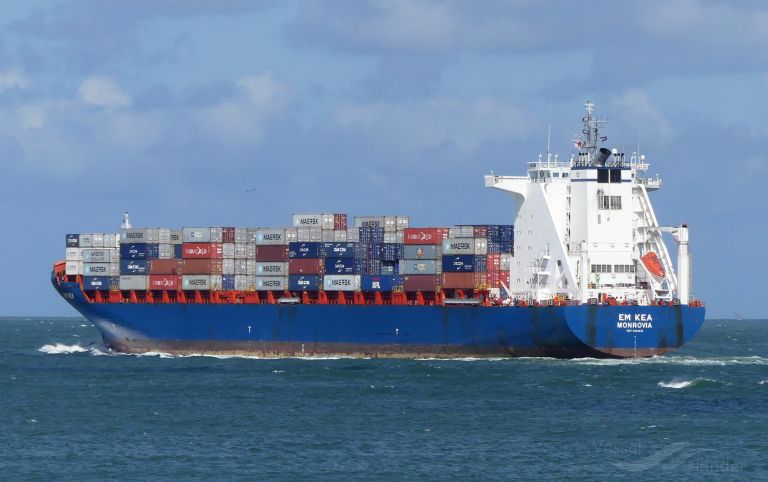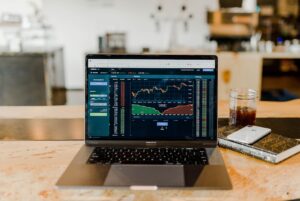- Euroseas Ltd. (NASDAQ:ESEA) is set to release its quarterly earnings with an estimated EPS of $3.87 and projected revenue of $54.67 million.
- The company’s valuation metrics such as a P/E ratio of 2.76 and a price-to-sales ratio of 1.62 suggest an attractive valuation in the market.
- Financial ratios like a debt-to-equity ratio of 0.64 and a current ratio of 1.74 indicate a moderate level of debt and good liquidity.
Euroseas Ltd. (NASDAQ:ESEA), a prominent shipping company specializing in the transportation of dry bulk and containerized cargoes, competes within the maritime industry against firms like Danaos Corporation and Costamare Inc. The company is eagerly anticipated to release its quarterly earnings on Tuesday, August 5, 2025. Wall Street analysts have set the earnings per share (EPS) estimate at $3.87 with projected revenue of approximately $54.67 million.
Despite these projections, there is an anticipation of a decline in earnings for the second quarter of 2025, primarily due to lower revenues, as highlighted by the Zacks Consensus Estimate. The company’s stock price could be influenced by how the actual earnings compare to these estimates. If Euroseas surpasses expectations, the stock might see an upward movement. Conversely, if the earnings fall short, the stock could decline.
ESEA’s financial metrics provide insight into its current valuation. The company has a price-to-earnings (P/E) ratio of approximately 2.76, indicating a relatively low valuation compared to its earnings. Additionally, the price-to-sales ratio stands at about 1.62, suggesting that investors are paying $1.62 for every dollar of sales. These figures suggest that ESEA is valued attractively in the market.
The enterprise value to sales ratio is around 2.31, reflecting the company’s total valuation in relation to its sales. The enterprise value to operating cash flow ratio is approximately 3.56, indicating how many times the operating cash flow can cover the enterprise value. With an earnings yield of 36.23%, ESEA offers a substantial return on investment relative to its share price.
ESEA’s debt-to-equity ratio is 0.64, showing a moderate level of debt compared to equity. This suggests that the company is managing its debt well. Lastly, the current ratio is 1.74, indicating that ESEA has a good level of liquidity to cover its short-term liabilities. The upcoming earnings call will be crucial, as management’s discussion on business conditions will play a significant role in determining the sustainability of any immediate price changes and future earnings expectations.




